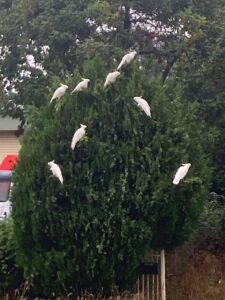I liked Robert Eggers’s Nosferatu a lot. I didn’t love it as much as I loved his first film, The Witch (2015), although I preferred it to The Lighthouse (2019).
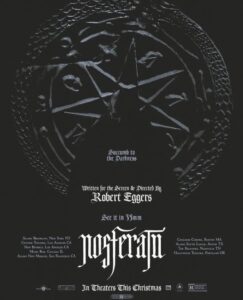
I enjoyed its painterly feel, the costumes and its Grimm fairytale feel. It felt like a very dark enchanted version of The Pied Piper. But the frequent jump scares and close-ups didn’t work for me. I found The Witch to be genuinely unsettling and creepy and I’ve watched it several times, but Nosferatu just had too many gross scenes which detracted from its terror factor for me. I enjoyed the early scenes the most where Thomas Hutter approaches Orlok’s castle in Transylvania’s Carpathian Mountains, the slightly trippy scenes with the Romanis and I would have loved more of the monastery sequence.
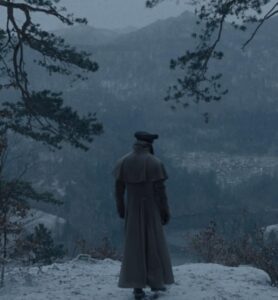
However, Robert Eggers is one of the most interesting filmmakers around, and I relate to his influences of dark fairytales, mythology, the supernatural and folktales. I was inspired by the fact that he has long-wanted to remake Nosferatu, but other work got in the way and the project fell through a couple of times.
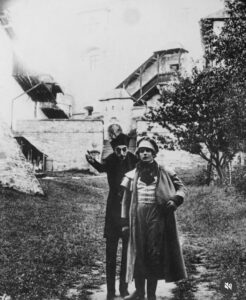
Eggers’ vision for this remake of F.W. Murnau’s 1922 Nosferatu: A Symphony of Horror was simmering away for decades. I have it on DVD, and highly recommend it for its haunting aesthetic. His fascination for it goes back to high school when he co-directed a school production, and he wore out his VHS copy. When the timing was right and when the world was ready (as I also saw it as a Covid metaphor film) and the Gods aligned, his Nosferatu was finally made.
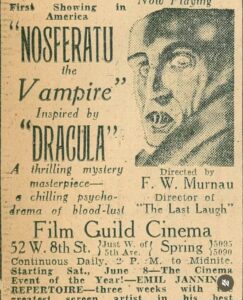
Eggers – known for his thorough research – studied Murnau’s Nosferatu and Bram Stoker’s Dracula as well as Romanian folklore, Paracelsian metaphysics and the occult beliefs of Albin Grau (production designer and producer on the 1922 Nosferatu).
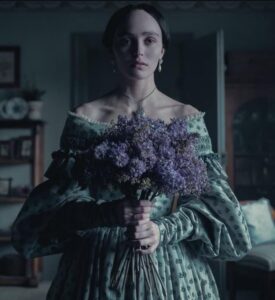
In this Vanity Fair interview (I’ll link below), he talks about the undead and how even as recently as 2000 in Southern Romania a strigoi (undead) attacked a girl at night. Following tradition, the village’s vampire hunter disinterred the body and removed the heart, and the attacks ceased.
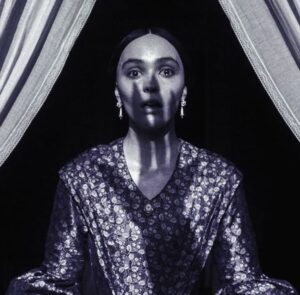
Five thousand live rats were used in the film (lucky actors and extras). No rats were harmed, and all were trained. Rats in the foreground are the ‘hero extra rats’; the background rats were CGI.
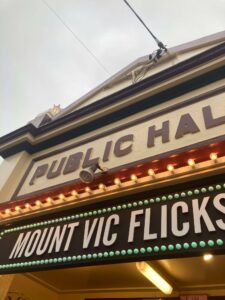
I saw Nosferatu at Mount Vic Flicks in Mount Victoria which our family loves to frequent. As we entered the cinema, we were treated to the sight of a tree of cockatoos, a fairytale in its own right. 